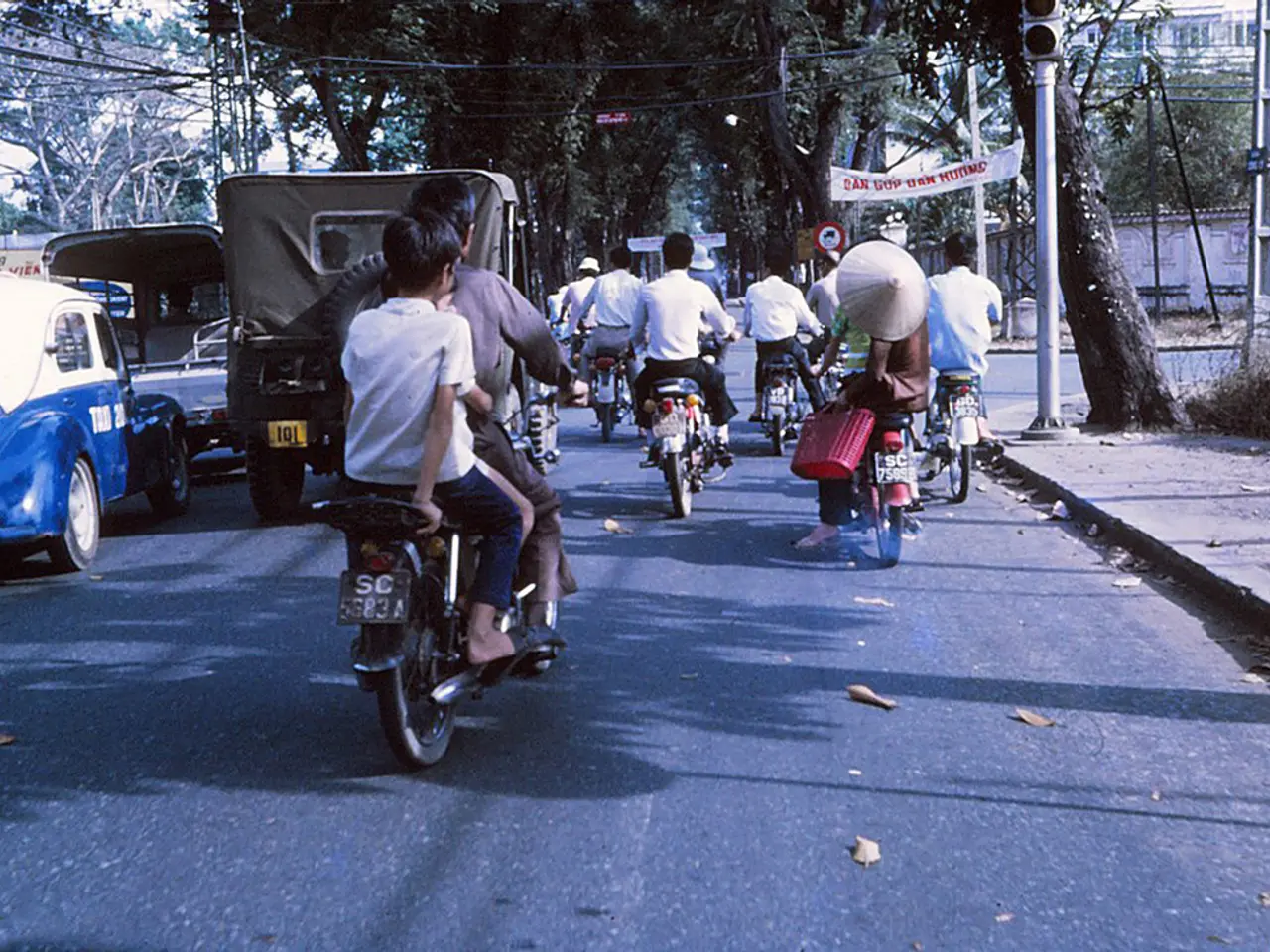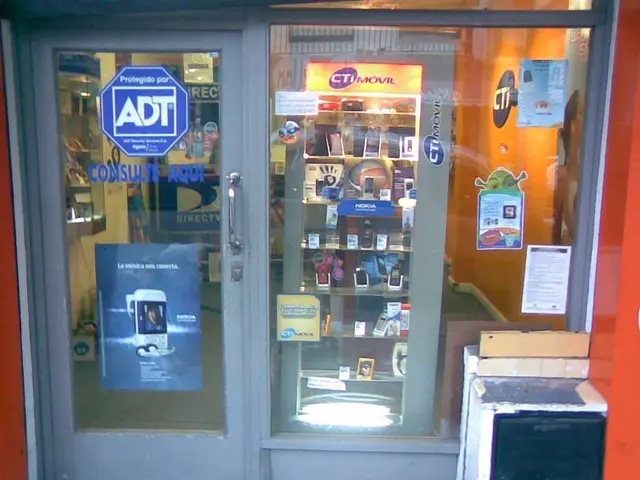Cyclists in Berlin will experience new technology with the introduction of VeloFlow, a digital traffic light system exclusively designed for bikes.
In September 2025, Berlin will embark on a pioneering venture with the installation of the VeloFlow system. This innovative project, aimed at making cycling less stressful and traffic more predictable, will be unveiled in several key districts across the city.
The pilot project will be launched in the districts surrounding Invalidenstraße, Stargarder Straße, Langenscheidtstraße, Kreuzbergstraße, Handjerystraße, and Prinzregentenstraße. These areas have been chosen based on traffic analyses and feedback from the respective districts.
The VeloFlow system is built around the "Green Light Optimal Speed Advisory" (GLOSA) principle and uses electronic displays to provide real-time information to cyclists. Each display costs approximately 3,000 euros, including power supply, planning, and retrofitting existing traffic lights.
The displays will offer a visual representation of whether a green phase can be reached at a speed of about 20 km/h. If the bicycle symbol is in the green area, it signals that the traffic light can be passed on green. Conversely, if the bicycle symbol is in the red area, it signals an upcoming red phase.
In addition, electronic displays will inform cyclists about the expected traffic light phase about 200 meters before an intersection. This advanced warning system is designed to help cyclists adjust their speed and timing, reducing the likelihood of spontaneous red light running.
The Federal Ministry of Transport will cover around 85% of the costs for the VeloFlow project, as it is part of a federally funded project for environmentally sensitive traffic control. The project is also part of a broader digital traffic concept.
Berlin will learn from Münster's experiences, as Münster previously tested a similar system. However, Münster encountered technical difficulties, including the durability of 3D-printed housings and partner withdrawals. To address these issues, Münster will test a revised model with a more robust metal housing.
The VeloFlow system is designed to communicate with connected vehicles in the future, providing information about traffic light phases or disruptions. However, only a few vehicle models are currently equipped with the corresponding technology to receive this information.
The project's actual impact on driving behaviour and traffic flow will be investigated in a scientifically accompanied evaluation. The goal is to make movements more predictable and support cyclists, particularly at heavy traffic intersections.
The locations for the initial displays are still being finalized, but four specific corridors have been identified: Invalidenstraße, Stargarder Straße, Schönhauser Allee, Prenzlauer Allee, Handjerystraße with Prinzregentenstraße, and Langenscheidtstraße with Kreuzbergstraße.
The VeloFlow project is a significant step forward in Berlin's commitment to sustainable and safe urban mobility. Stay tuned for more updates as the project progresses.
Read also:
- Peptide YY (PYY): Exploring its Role in Appetite Suppression, Intestinal Health, and Cognitive Links
- Toddler Health: Rotavirus Signs, Origins, and Potential Complications
- Digestive issues and heart discomfort: Root causes and associated health conditions
- House Infernos: Deadly Hazards Surpassing the Flames








